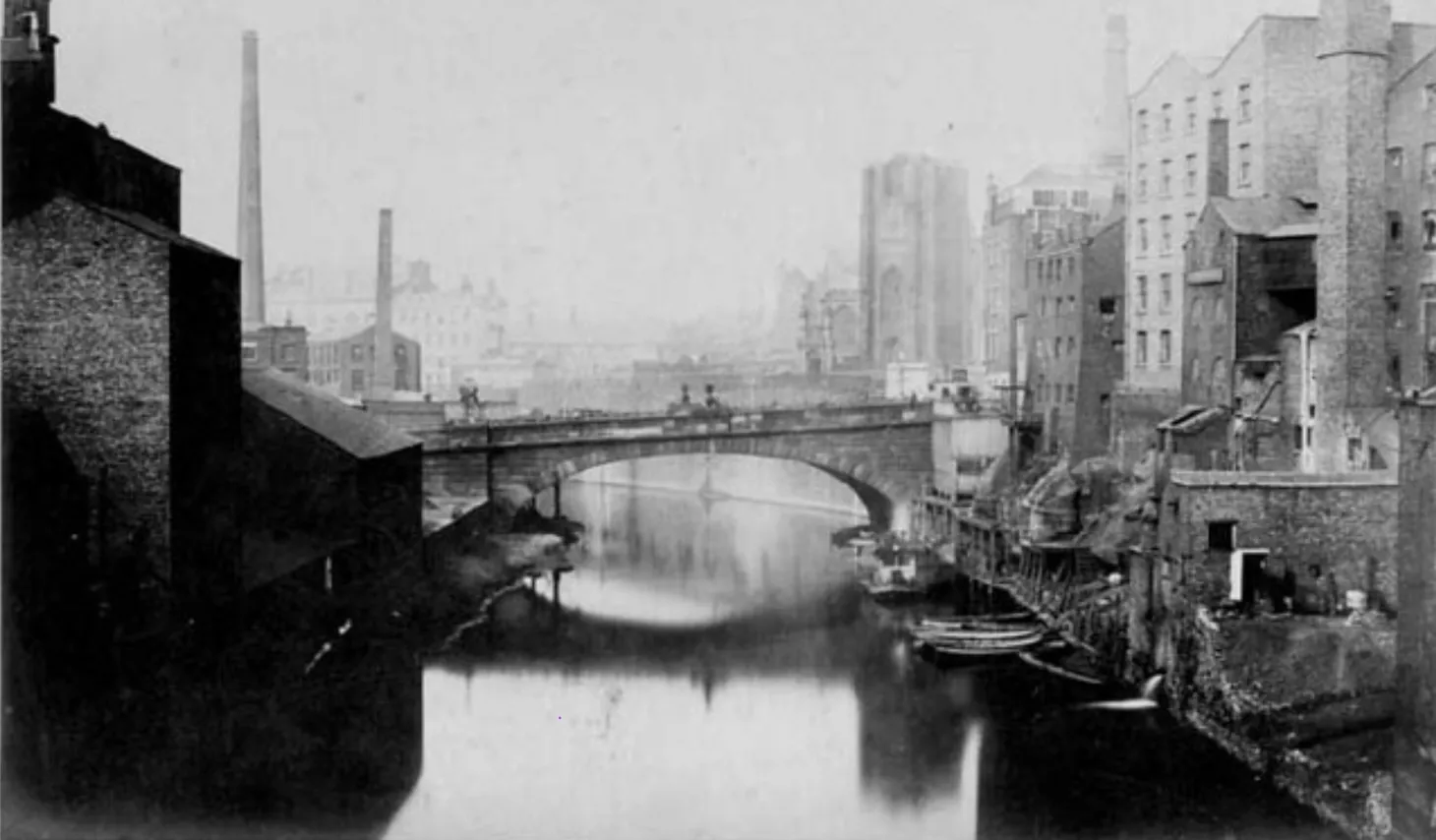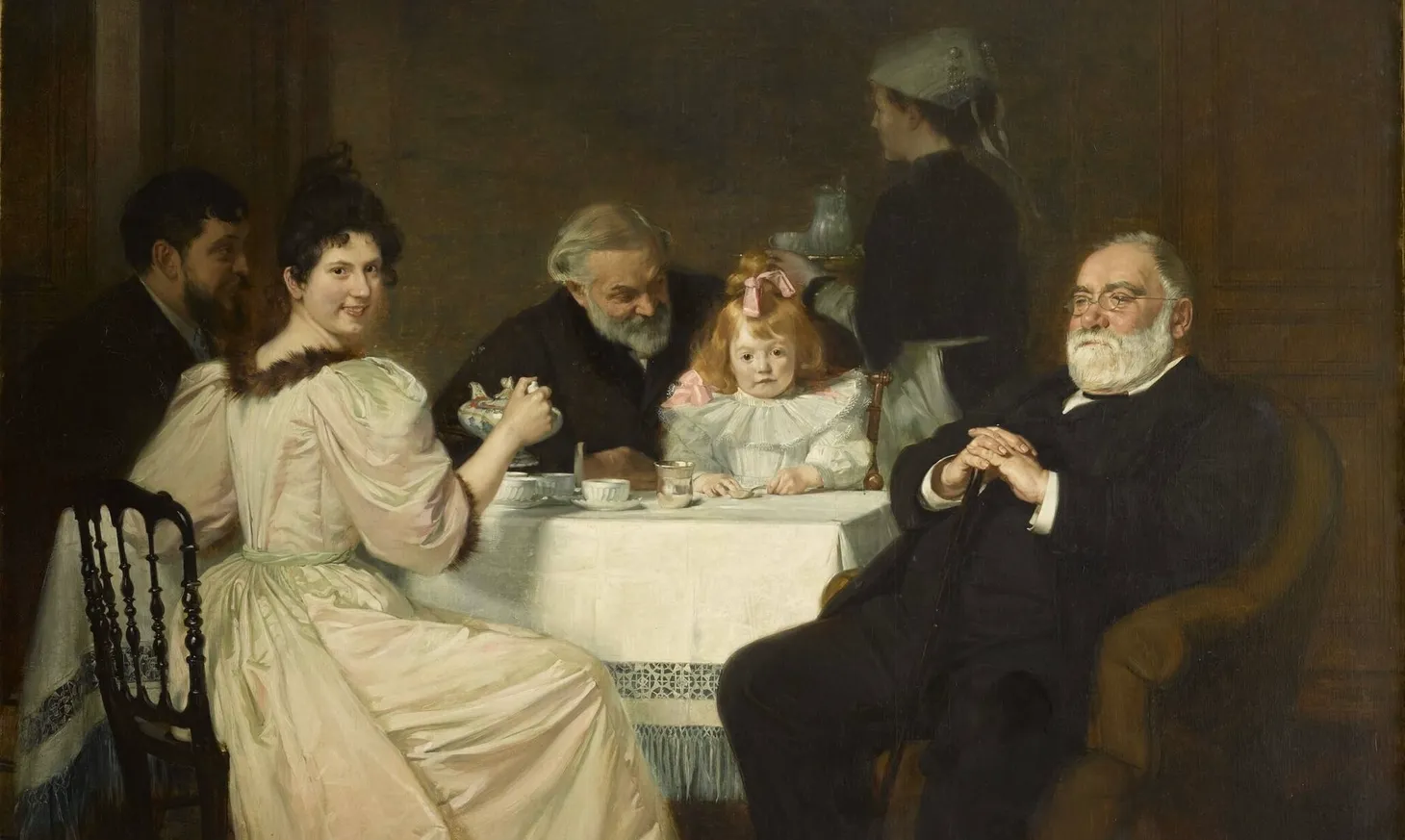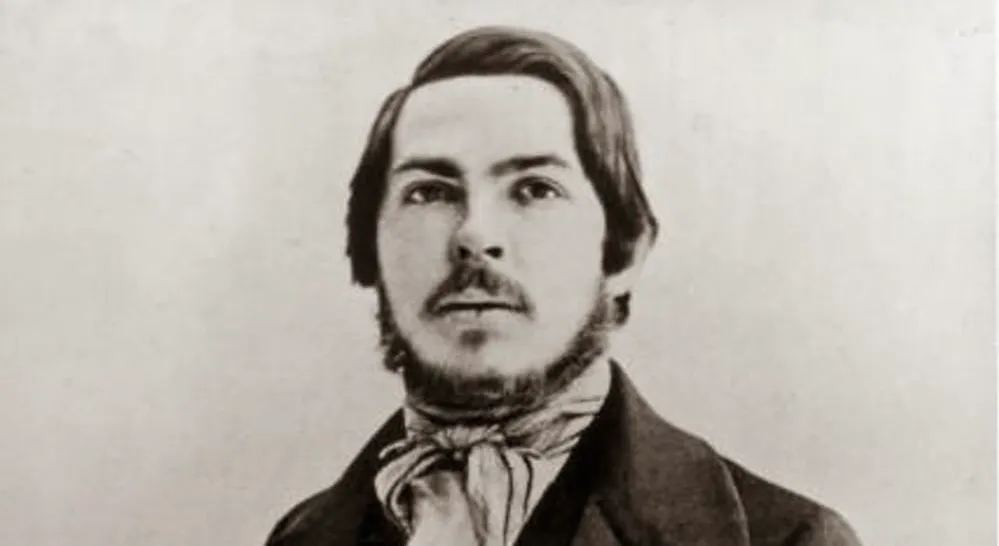A Revolutionary Challenge: The Túpac Amaru Rebellion and Rethinking the Atlantic Revolutions
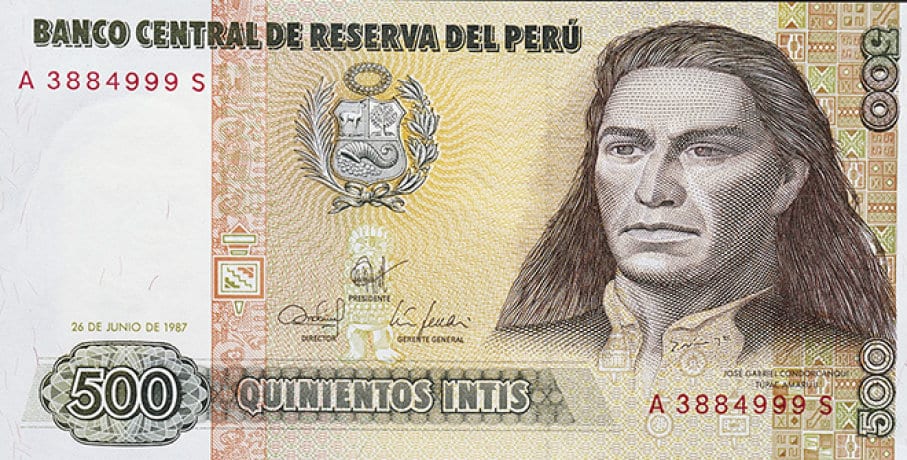
Table of Contents
In many world history textbooks, discussion of the Atlantic Revolutions often begins with the background causes, such as the Seven Years’ War and the Enlightenment, that contributed to the outbreak of the Revolutions, and the first revolution discussed is almost always the North American Revolution. While it makes sense to start with the North American Revolution, since it was chronologically the first of the Atlantic Revolutions, it also sets up a template for students about what these revolutions are supposed to look like. Discussion of the North American Revolution is often accompanied by readings from Thomas Paine’s Common Sense and the Declaration of Independence to highlight the Enlightenment ideals that guided these revolutions. Discussion of the French Revolution frequently includes reference to the Declaration of the Rights of Man and of the Citizen. This presentation of the revolutions often encourages a mental picture that revolutions are supposed to be grounded in logical and rational Enlightenment ideals, which in turn made these revolutions “just.”
Beginning with the North American and French Revolutions also conveniently places white men of European descent at the heart of the story of the Atlantic Revolutions until we get to the Haitian Revolution and the Latin American Revolutions, which often come last in the discussion of the Atlantic Revolutions in most world history textbooks. But what if we didn’t begin the story of the Atlantic Revolutions in the small towns of colonial Massachusetts, and instead began the story in the small towns of the Andes that had been colonized by the Spanish for over 200 years? It was in these same towns that indigenous peoples were rebelling against Spanish rule at the same time that final battles between the rebel colonists of the Americas (and their French allies) were being fought against the British. What if we left aside the reliance on Enlightenment ideas to justify the rebellions and focused on how indigenous peoples presented and justified their rebellions in different ideologies rooted in indigenous beliefs and existing Spanish imperial practices? By beginning the discussion of the Atlantic Revolutions in the Andes rather than in Massachusetts, we help students to see the Atlantic Revolutions as a more diverse set of rebellions with different causes than as a more homogenous set of rebellions rooted in the ideas of the Enlightenment.
Late Eighteenth Century Spanish America
At the beginning of the eighteenth century the Spanish had been governing their colonies in the Americas for about two centuries. After initially experiencing a significant contraction of the indigenous population due to Afroeurasian pathogens, the indigenous population began growing again in the 1700s. More Spanish colonists began arriving in the Americas, and the economy of the Spanish colonies were growing. At the same time, the Spanish government, inspired by Enlightenment principles of governance and economic, began to squeeze more tax revenue out of their American colonies and to regulate the commerce between the colonies and the mother country more strictly. In the wake of their defeat to the British in the Seven Years’ War (1754-1763), the Spaniards taxed their Spanish colonies even more aggressively. These changes to how the Spanish governed their colonies are usually referred to as the Bourbon Reforms.
Meanwhile, the native population was growing increasingly restless. These governmental reforms unleashed a wave of resistance in Spanish America. From 1742 to 1755, Juan Santos Atahualpa led another indigenous uprising in northern Peru. In 1761, the Mayan peoples in the Yucatán revolted under the leadership Jacinto Canek (named for a legendary indigenous leader). There were also rebellions among the non-indigenous population, such as the 1749 uprising by Venezuela’s cacao growers and an urban uprising in Quito in 1765 to protest tax increases. All these revolts highlighted the tenuous nature of Spanish rule in the Americas and remind us that colonized peoples frequently rebelled against their colonizers.
Túpac Amaru’s Rebellion (1780-1783)
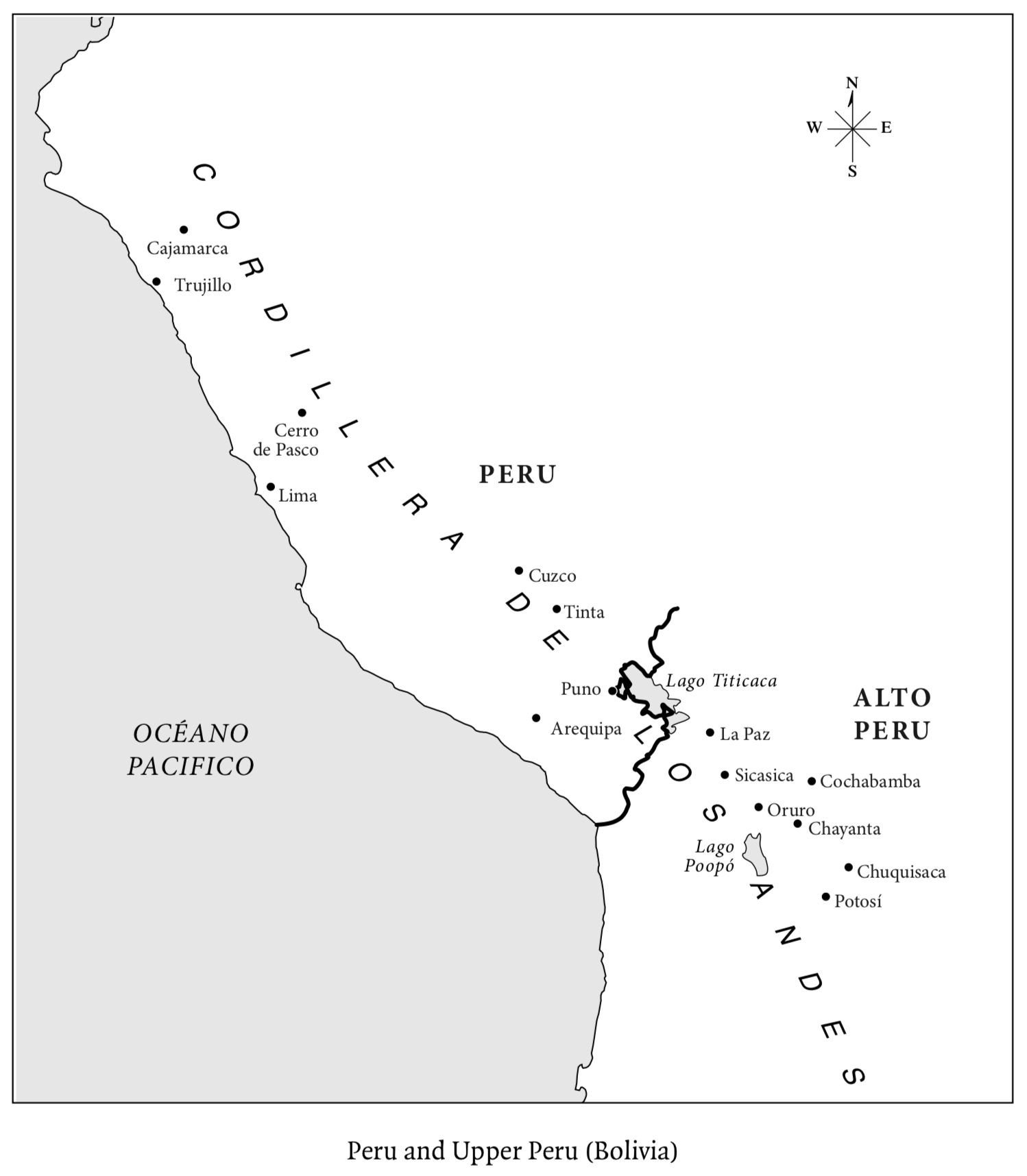
Given this background, it was hardly surprising in 1780 when José Gabriel launched yet another major rebellion of indigenous peoples against Spanish rule. Gabriel was of indigenous heritage, and his family had been part of the indigenous hierarchy that had helped govern the region under Spanish rule. His family also was economically prosperous from running a mule-train business. Unlike so many native peoples, Gabriel was part of the indigenous elite that actually had prospered during Spanish rule. Despite this privileged position, Gabriel still rebelled against Spanish rule.
On 4 November 1780, Gabriel imprisoned the local government official Antonio de Arriaga in Gabriel’s basement in Tinta, Peru, and adopted the name of the last Inkan ruler Túpac Amaru II. In adopting the name of the last Inkan ruler, Gabriel, now Amaru, consciously drew upon the history of the indigenous people. He then seized weapons, militia uniforms, and gold and silver tribute from Arriaga’s office. In the following days, Túpac Amaru quickly gathered a core group of native supporters and began to mobilize for a much larger rebellion in Tungasuca. In these early days of the rebellion, Amaru’s wife, Micaela Bastidas Puyucahua, also played a major role in organizing the rebellion. Writing between the two reveal that Amaru viewed his wife as an equal partner in the rebellion.
Shortly after the start of the rebellion, Amaru also delivered a proclamation in Quechua, the most popular indigenous language in Peru and one never used for official proclamations, calling for the abolition of laws regulating commerce and some of the most odious taxes, especially the labor taxes, and condemning the Spanish peninsulares(Spanish officials that had been born in Spain) in the region for their unjust administration. Túpac Amaru II then had Arriaga, the Spanish official, executed in the public square.
Over the next two months, Túpac Amaru and his followers defeated the local Spanish forces, and thousands of indigenous people joined Túpac Amaru’s rebellion. They marched on the Spanish capital at Cuzco by the end of 1780, but surprisingly turned back without taking the city. Over the next few months, Spanish forces rallied and began to win some victories. In April of 1781, the Spaniards captured Túpac Amaru and his family. The Spanish authorities then tortured Túpac Amaru, forced him to watch his family being executed, and then quartered and beheaded him. Despite Túpac Amaru’s death, the rebellion did not end. For the next two years, discontent spread among the indigenous peoples of the Andes. The Spanish finally ended the rebellion in 1783.
Conclusion: More than the Enlightenment
The question is why does a failed rebellion, one of many failed rebellions in the second half of the eighteenth century in Spanish America, matter? Túpac Amaru’s Rebellion highlights the centrality of indigenous peoples in contributing to a culture of resistance against Spanish rule. Túpac Amaru and his followers rebelled because they saw themselves as indigenous peoples who were being taken advantage of by Spanish peninsulares. They didn’t rebel because they were inspired by Enlightenment principles about just government. As we think about the Atlantic Revolutions, we want to keep in mind that the leaders of the North American and French Revolutions may have relied heavily on invoking Enlightenment principles, but not all revolutionaries in the late eighteenth century were inspired by the writings of a small handful of Western men. Some revolutionaries, such as Túpac Amaru, were more inspired by indigenous traditions than by the ideas of John Locke..
For more information about the Túpac Amaru Rebellion, check out the excellent episode of On Top of the World about the rebellion.
Two great books about the rebellion are Charles F. Walker’s The Tupac Amaru Rebellion (Cambridge, MA: Belknap Press, 2016) and Sergio Serulnikov’s Revolution in the Andes: The Age of Túpac Amaru (Durham, NC: Duke University Press, 2013).
Liberating Narratives Newsletter
Join the newsletter to receive the latest updates in your inbox.

